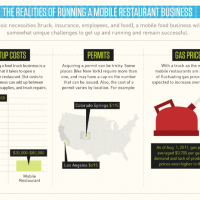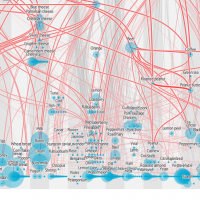The advent of artificial food dyes has resulted in a bevy of out-of-this world-looking products, like electric colored yogurt sticks, pastel sandwich cookies and numerous nearly-neon candies, mostly marketed to children. And the color allure is working: Americans now consume 5 times more food dye than they did in 1955. And while the British government and European Union are working to stop the use of such dyes – because of their health implications – in the US, these dyes remain prevalent and their labeling opaque. For example, in the US Nutri-Grain bars contain dyes to mimic colorful, healthful ingredients, but in Europe they use ingredients like beet root and paprika extract to provide the color, rather than dyes.
Produced by Special Education Degree, the infographic below, titled “Colors to Die for: The Dangerous Impact of Food Coloring,” paints and beautiful and haunting picture of the rainbow of toxins and health risks associated with dyes in our food. On a brighter note, the infographic also sheds light on the natural dyes that can replace their artificial counterparts, including beets, saffron, red cabbage and turmeric.

Source: Special-Education-Degree.net



![Reducing Food Waste & Creating a Sustainable Supply Chain [Infographic]](https://foodtechconnect.com/wp-content/uploads/2015/06/Screen-shot-2015-06-26-at-2.56.05-PM-200x200.png)

